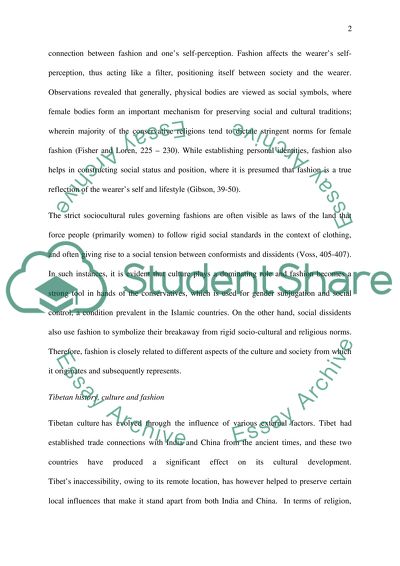Cite this document
(“Fashion, Culture and Tibetan Buddhism Research Paper”, n.d.)
Fashion, Culture and Tibetan Buddhism Research Paper. Retrieved from https://studentshare.org/visual-arts-film-studies/1493078-fashion-culture-and-tibetan-buddhism
Fashion, Culture and Tibetan Buddhism Research Paper. Retrieved from https://studentshare.org/visual-arts-film-studies/1493078-fashion-culture-and-tibetan-buddhism
(Fashion, Culture and Tibetan Buddhism Research Paper)
Fashion, Culture and Tibetan Buddhism Research Paper. https://studentshare.org/visual-arts-film-studies/1493078-fashion-culture-and-tibetan-buddhism.
Fashion, Culture and Tibetan Buddhism Research Paper. https://studentshare.org/visual-arts-film-studies/1493078-fashion-culture-and-tibetan-buddhism.
“Fashion, Culture and Tibetan Buddhism Research Paper”, n.d. https://studentshare.org/visual-arts-film-studies/1493078-fashion-culture-and-tibetan-buddhism.


